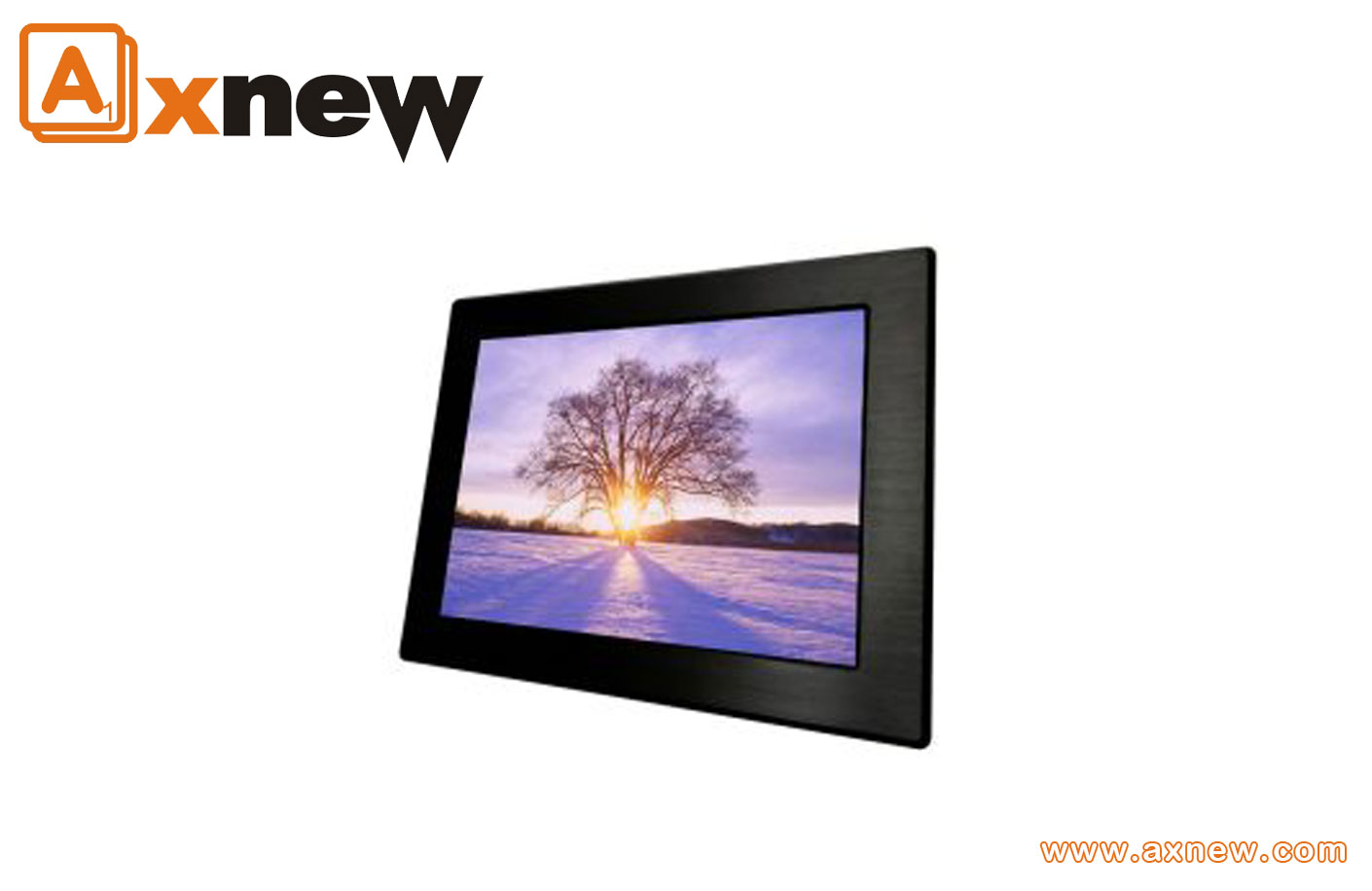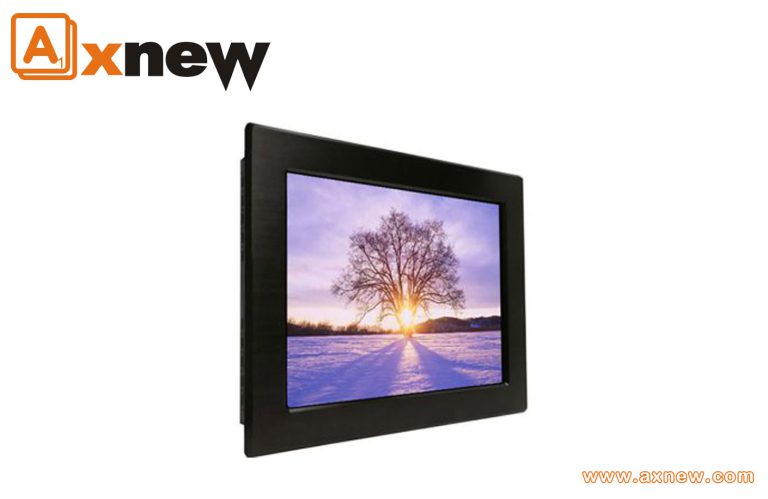The industrial touch screen is an intelligent interface that connects people and machines through a touch-type industrial display. It is an intelligent operation display terminal that replaces traditional control buttons and indicator lights. It can be used to set parameters, display data, monitor the status of equipment, and describe the automated control process in the form of curves/animations. Compared with general touch screens, industrial touch screens have the advantages of fireproof, waterproof, anti-static, anti-pollution, anti-grease, anti-scratch, anti-flicker, and high light transmittance. The design of industrial touch screens should follow the following 7 basic principles:
1. User-centered basic design principles
In the system design process, the designer must grasp the user’s characteristics and discover the user’s needs. In the whole development process of the system, users’ opinions should be continuously sought and consulted. The system design decision must be combined with the user’s work and application environment, and the user’s requirements for the system must be understood. The best way is to involve real users in the development, so that developers can correctly understand the needs and goals of users, and the system will be more successful.
2. The principle of order
It is to design the main interface of monitoring management and man-machine dialogue and its secondary interface in accordance with the order of processing events, the order of access and viewing (such as from the whole to the single item, from the largest to the smallest, from the upper layer to the lower layer, etc.) and the control process flow.
3. Functional principle
That is to say, according to the specific use function requirements of the target application environment and occasions, various subsystem control types, the same interface parallel processing requirements of different management objects, and the simultaneity requirements of multiple dialogue interactions, the design is divided into functions to distinguish multi-level menus and hierarchical prompts. The human-computer interaction interface such as the window with information and multiple dialog boxes simultaneously makes it easy for users to distinguish and master the usage rules and characteristics of the interaction interface, and improve its friendliness and ease of operation.
4. The principle of consistency
Includes the same color, the same operating area, and the same text. That is, on the one hand, the interface colors, shapes, and fonts are consistent with national, international or industry common standards. On the other hand, the interface colors, shapes, and fonts are self-contained, and the colors of different devices and the same design state should be consistent. The consistency of the graphic design of the interface details makes the operator feel comfortable when looking at the interface, so as not to distract him. For new operators, or operators who deal with problems in emergency situations, consistency can also reduce their operational errors.
5. Frequency principle
Is to design the hierarchical sequence of the man-machine interface and the display position of the dialogue window list according to the dialogue interaction frequency of the management object, so as to increase the frequency of monitoring and access dialogue.
6. The principle of importance
That is, according to the importance and overall level of the management object in the control system, design the position and prominence of the main and sub-menus and dialog windows of the man-machine interface, so as to help managers grasp the main and subordinates of the control system and implement the control The order of decision-making to achieve optimal scheduling and management.
7. Object-oriented principle
According to the identity characteristics of the operator and the nature of the work, design a suitable and friendly man-machine interface. According to their work needs, prompts, guidance and help information should be displayed in pop-up windows to improve the level and efficiency of user interaction.


